News
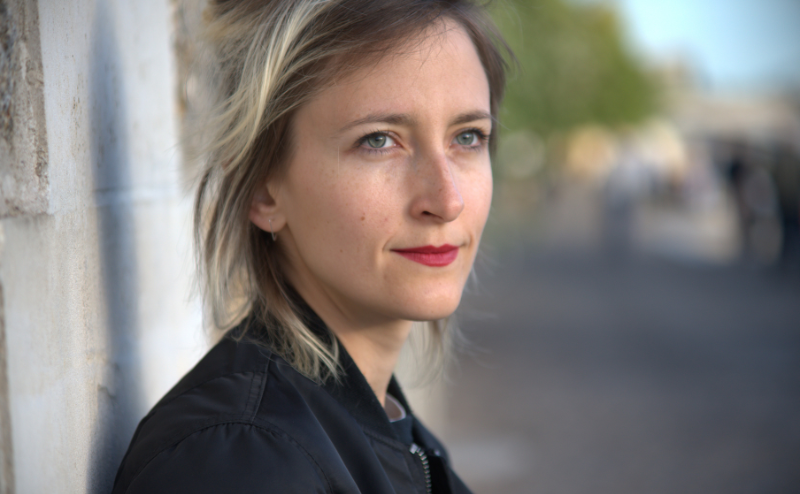
Émilie Zawadzki, Director of Technology, Conservatoire augmenté
Émilie Zawadzki graduated from the Concepteur Réalisateur Multimedia program in 2011, and began her career as a Full-Stack developer. After a stint at IRCAM and a period of freelancing, she was spotted by Agence Bright, who offered her a CTO position. Now Director of Technology at the Conservatoire Augmented, she has also developed a freelance activity in the fields of IT, digital art, music and live performance, creating digital art installations and assisting artists in the design of their own installations.
You graduated from the "Concepteur Réalisateur Multimedia" course in 2011. Can you sum up your career since leaving the school?
I did my work-study at the Megalo & Company agency. At the end of my training, I was offered a permanent contract as a Full-Stack developer. I was also technical project manager on certain missions, for which I coordinated a remote team.
At the time, telecommuting wasn't very developed, and collaborative tools did exist, but they weren't as diversified as they are today. You had to be creative to manage developers who didn't speak French and worked in other countries.
At the end of Megalo I took a year off to set up a small structure dedicated to the creation of digital arts projects, specializing in generative design with a former colleague.
In 2016, I had the opportunity to work for IRCAM, the Institut de Coordination Acoustique et Musique, which has become my second home. I helped create the institute's web hub.
I worked ondata homogenization and security, and was able to collaborate with all the teams and all the business lines, which was really exciting!
I also had the opportunity to teach a Web Audio / Web Midi (Javascript) module for a few years for M2 ATIAM (Acoustics, Signal Processing and Computer Science Applied to Music). It was a great place to meet people with whom I'm still in touch, even after almost 10 years!
In 2020, I decided to continue as a freelance Lead Dev / Dev Ops. I worked on a research project in collaboration with the New York University MusedLab team and a consortium of Finnish Universities.
The idea was to design a piano that could be used directly in a web browser, for school teachers and their pupils. This tool, made available free of charge, enabled the exploration of different scales, with different sounds and other parameters... via mouse, keyboard, tablet or smartphone.
I then developed the first web prototype, "Antony", a research project aimed at creating a collaborative versioning tool for pieces of software (patches) used to replay works of electro-acoustic music with different constraints depending on the performance dates (hall, type of sound system, number of performers, etc.).
In 2021, theBright agency offered me a position as CTO. The agency specializes in the creation of immersive 3D web content. I proposed a new technical architecture, which boosted productivity and enabled us to deliver more projects in parallel.
I also developed a number of R&D projects in AI specialized in Computer Vision, on small data models that could be stored and used on a smartphone in a web browser. It was very interesting, and this experience gave me a very good basis for understanding AI in other fields.
Can you tell us more about the Augmented Conservatory?
The Conservatoire Augmenté aims to support performing artists, musicians and teachers throughout their careers through continuing education and by developing digital tools and resources for musical and choreographic education and research.
The Conservatoire has two missions:
- The construction of a 200 m2 professional recording studio equipped with the latest immersive audiovisual technologies, with mixed use: 50% for CNSMDP teaching and research and 50% for artists and labels.
- The development of an online campus and a reference resource platform for teaching and research in music and dance.
You're Director of Technology at the Conservatoire Augmenté. Can you tell us a bit more about your job?
My main task is to design the future Campus and Online Resources platform for continuing education.
This tool will be aimed at conservatory students, companies and professionals wishing to perfect their skills in certain areas.
You're also a digital artist, musician, web developer and sound designer. How do you reconcile all these activities?
I alternate according to opportunities and the availability of the people I work with.
I prioritize and try to take advantage of any "dead time" to move my projects forward. Today, many tasks can be carried out digitally from anywhere: monitoring, emails, files, social networks, etc.
You create digital art installations and assist artists in the design of their installations. Can you tell us more about these two activities?
I've further developed this skill since joining the Saloon Paris network (thanks to Sig Valax, whom I'd like to thank warmly). It's a network of women artists, curators, institute managers, technicians etc. who meet once a month.
At each appointment, one of the members welcomes the others to her workplace to present her current mission. This could be an exhibition, a conference, a creative studio, etc. Each of us shares what's going on and exchanges ideas afterwards, leading to possible collaborations.
I've been able to team up with some of them to provide them with technical support on projects: putting together applications for funding, designing devices, development, delivery... I appreciate working in a climate of trust and professionalism, and being able to share common subjects that are close to my heart.
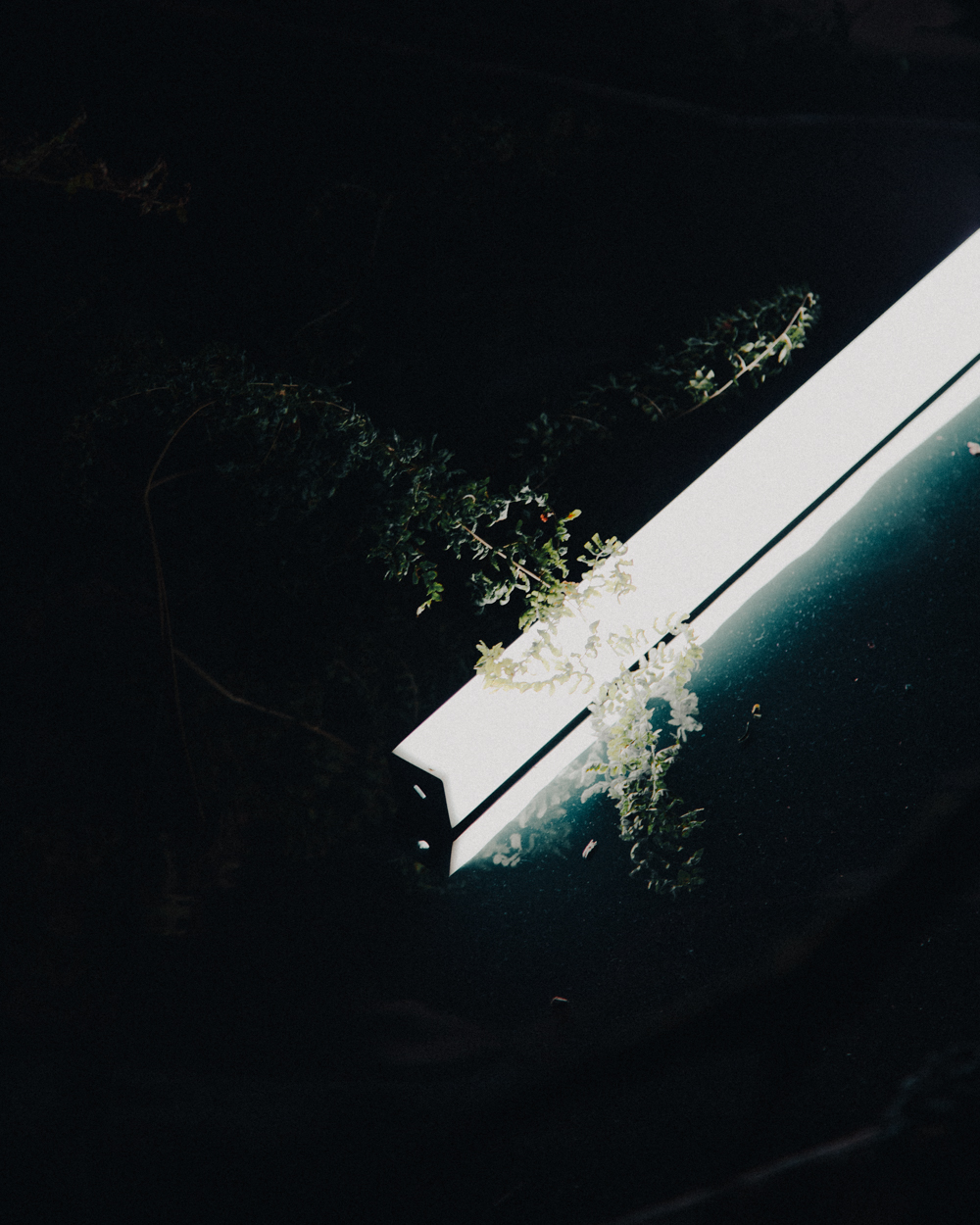
Elek Ember - digital art installation
Which project has had the greatest impact on you?
I really enjoyed the year-long artistic residency I did with my experimental techno duo Elek Ember at Mains d'Oeuvres. We created and recorded an EP that served as the soundtrack for a digital art installation with lights, plants and spatialized sounds that was exhibited for 2 weeks.
I also enjoyed participating in the creation of an online work for Magali Desbazeille , which was exhibited online in the Jeu de Paume's digital space.
I'm also thinking back to my first artistic residency at Château Ephémère with the Mesce Basse music group. We had to recycle objects and create new electronic instruments to reuse in our sound improvisations.
Can you tell me one good memory from your years at GOBELINS?
It was great to work on the " Wido, The Rift of Destiny " project, and in particular on the creation of the game's "joystick" via an Android app we'd developed.
Like the combos in Street Fighter, the player could trigger elements in the game by drawing runes (the game was set in the world of Norse mythology). I also really enjoyed helping to create the sound design.
What advice would you give to a recent graduate?
It's important to keep up to date with the latest developments!
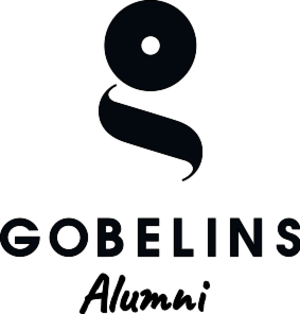

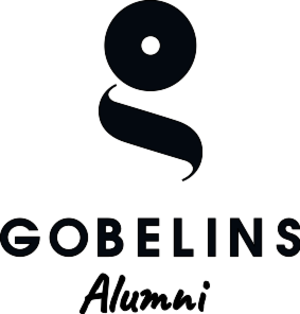









No comment
Log in to post comment. Log in.